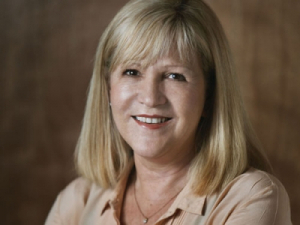Now the focus turns to dealing with the vines. Most would say the next few months are the most important in the annual cycle of a vineyard.
Pruning will determine how those vines will cope in the months and even years ahead in terms of crop levels and health. Which brings us to the issue of pruning correctly and ensuring one of the most insidious threats to our industry is taken into consideration.
I am talking about the long-term damage caused by trunk diseases such as Botryosphaeria and Eutypa.
They are prevalent in New Zealand, as they are around the world, with infections entering the vine through wounds such as those made at pruning. The timing of when you lop those unwanted canes off, is vitally important if you want to prevent trunk diseases.
As is taking remedial or preventative action. Doing so could save you and the industry overall tens of millions of dollars. That’s the word from Dr Mark Sownowski, from SARDI. He believes such action could benefit the industry by $40 million dollars a year. Which is not exactly small change.
In this issue of NZWinegrower he explains the action you need to take and the long-term cost benefits of differing preventative and remedial measures.
Another person who has expressed concern about the levels of trunk disease in New Zealand is Dr Richard Smart. He too refers to the diseases as insidious - going so far as to say they “are like the cancer of grapevines, slowly spreading until it may be too late to treat.” On page 16 he explains why these diseases are often ignored. Plus he explains how Timely Trunk Renewal, or TTR works and how to go about it.
Ideally, we would like our vines to reach the grand old age of at least 40 or 50. Ignoring signs or the potential of trunk disease is a sure-fire way to ensure that goal isn’t achieved.
So, before you head out into those frosty, winter mornings, secateurs and loppers in hand, make sure you read both articles. Your vineyard’s future and your financial livelihood could benefit substantially.
On a completely different note, this issue we take a look at Sauvignon Blanc Day 2017, a day where all around the world consumers celebrated this enigmatic variety.
As the day itself, May the 5th approached, a lot of people began asking about the history of New Zealand Sauvignon Blanc.
How and why did we adopt this variety and where did it come from? NZWinegrower decided it was time to enlist the memories of the man who consumers need to thank for setting our country on the road to international wine fame.
It was he who uncovered clones at Te Kauwhata in the 1960s, propagated them and produced this country’s first ever Sauvignon Blanc in 1974. The rest is history as they say – but a history well worth remembering.



